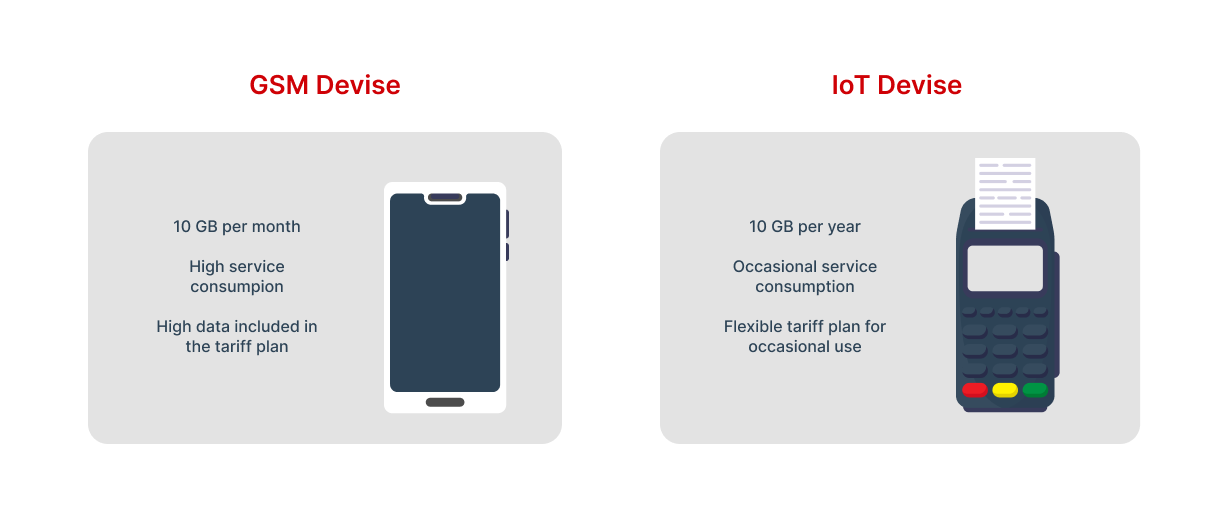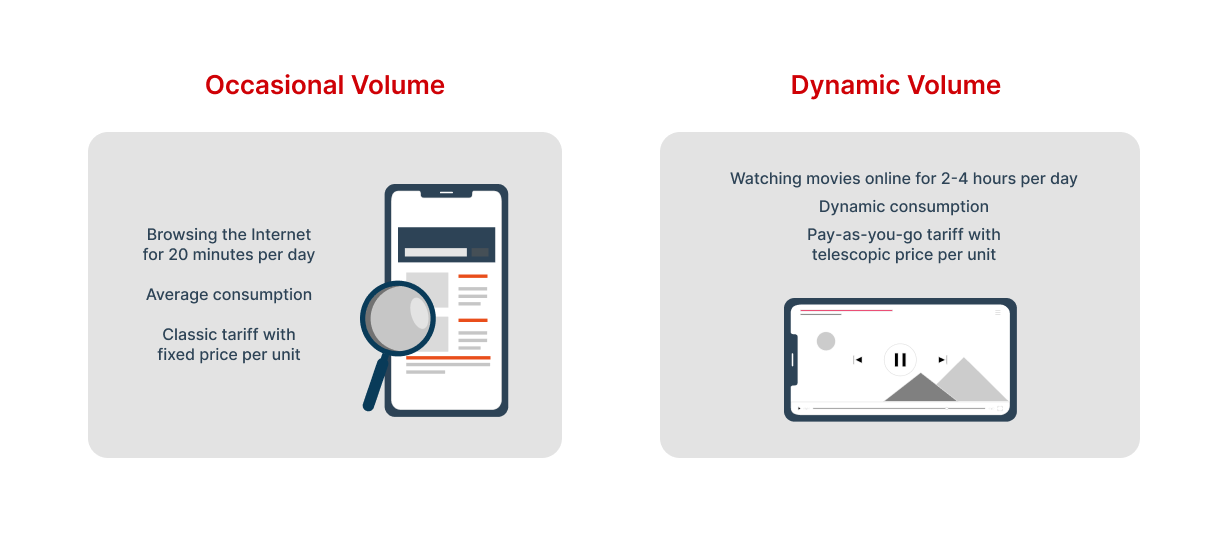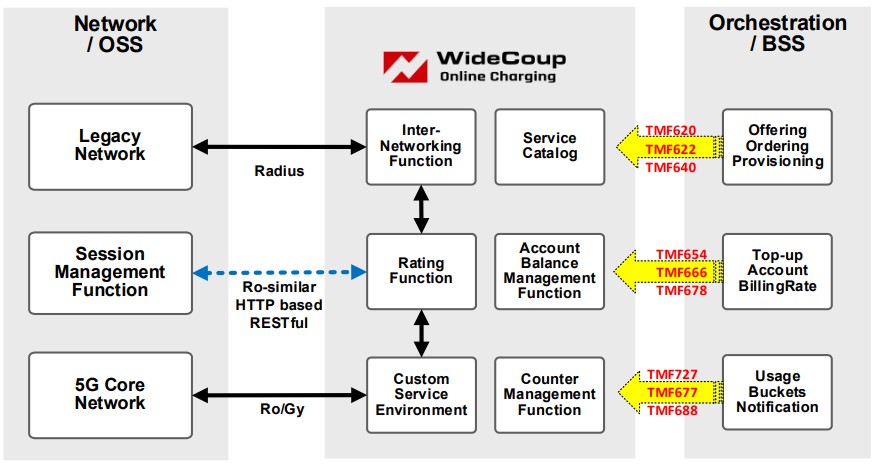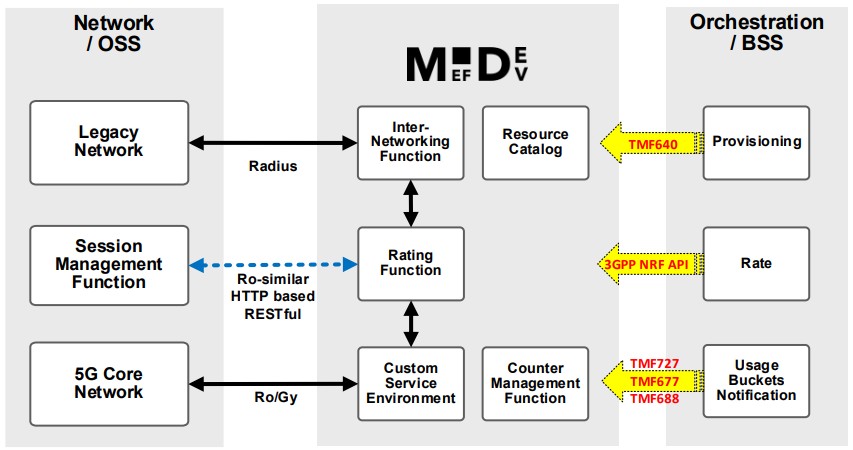The shift from 4G to 5G presents telecom operators with new opportunities — and new complexities. As networks evolve to support use cases like autonomous vehicles, industrial IoT, and high-definition media, communication service providers (CSPs) must adapt their billing and charging systems accordingly.
At the center of this transformation is the concept of advanced rating functions—tools that enable flexible, real-time, and usage-aware monetization of services. This article explores key use cases and the broader business impact of implementing advanced rating in modern telecom environments.
DYNAMIC RATING FOR 4G/5G NETWORK SLICES

4G/5G network slicing allows operators to deliver differentiated services across virtualized, isolated network segments. Each slice may serve a specific business case, with distinct latency, throughput, and reliability requirements.
To support this flexibility, CSPs need rating systems that can:
-
Apply unique pricing logic to each slice
-
Support real-time usage tracking and rating
-
Enable dynamic, service-specific billing per user or enterprise
Operators can isolate and bill traffic related to specific services or slices independently of the main data stream using parameters like the rating group, charging characteristics, or their combination. This level of granularity is essential for monetizing advanced 5G services and enabling partnerships with third-party providers.
PERSONALIZED, USAGE-BASED SERVICES

As consumer expectations grow, standardized telecom plans are becoming less effective. Customers increasingly expect tailored offerings that reflect their individual usage patterns and evolving needs.
Advanced rating functions support this shift by allowing CSPs to:
-
Analyze customer behavior and consumption in real time
-
Adjust service entitlements dynamically (e.g., volume, speed, access)
-
Offer personalized “right-size” plans to reduce over- or under-provisioning
For example, while both GSM and IoT services may include a 10GB allowance, their usage characteristics differ significantly. Rating systems must be flexible enough to reflect these differences in pricing and experience.
The result is improved customer satisfaction, reduced churn, and more efficient use of network resources.
CONTEXT-AWARE, ADAPTIVE PRICING MODELS

Static pricing models are increasingly misaligned with today’s usage dynamics. Advanced rating enables CSPs to implement more adaptive strategies, including:
-
AI-driven tariffs based on consumption history and user preferences
-
Classic fixed-volume plans for predictable usage patterns
-
Telescopic pricing models where unit cost decreases with higher consumption
These models help CSPs better align pricing with actual service value and customer willingness to pay, ensuring a more balanced approach to profitability and customer retention.
REFERENCE MODEL ARCHITECTURE FOR ONLINE CHARGING
The following scheme shows the Online Charging Function (OCF), as a main component of the Online Charging System (OCS), in the framework of the overall charging architecture.

General Architecture
The Online Charging Function (OCF) performs immediate, event-based, and session-based charging using Credit-Control at the service level, based on application server requests received from the network. It manages the availability of application services in the network, for example, by granting or denying access to telecom services.
There are two main operational modes, referred to as Class A and Class B:
-
In Class A, the Rating Function (RF) is implemented externally (Remote RF), while the OCF provides the Account Balance Management Function (ABMF).
-
In Class B, the RF and ABMF are co-located within the OCF.
The Charging Trigger Function (CTF) communicates with the RF to determine the value of the requested service usage. The OCF then interacts with the ABMF to query and update the subscriber’s account balance.
In Class A operation, the Remote RF returns a tariff value, which the OCF uses to charge for service usage via the internal ABMF, similar to the process in Class B.
For telecom networks, the supported protocols depend on the Custom Service Environment (CSE) implementation. For non-telecom use cases, a REST API over HTTPS is used to support any custom implementation.
INTEGRATION PATTERNS
Speaking of integration patterns, there are a few possible choices. The “normal” approach is to have Widecoup OCS perform all real-time rating and charging. The Widecoup BSS provides you with a Web application (Storage Control) to manage offers and subscriptions or drive them from the external systems using TM Forum’s REST APIs. The Prepay Balance Management API (TMF654) can be used for top-ups and aggregated balance fetching.

Rating and Charging Pattern
APIs used:
- TMF620 – Product Catalog Management API (https://github.com/mef-dev/bpmn-examples/tree/dev/tmforum-apis/TMF620_Product_Catalog_Management)
- TMF622 – Product Ordering API (https://github.com/mef-dev/bpmn-examples/tree/dev/tmforum-apis/TMF622_Product_Ordering)
- TMF640 – Service Activation and Configuration API (https://github.com/mef-dev/bpmn-examples/tree/dev/tmforum-apis/TMF640_Service_Activation_and_Configuration)
- TMF654 – Prepay Balance Management API (https://github.com/mef-dev/bpmn-examples/tree/dev/tmforum-apis/TMF654_PrepayBalance_Management)
- TMF666 – Account Management API (https://github.com/mef-dev/bpmn-examples/tree/dev/tmforum-apis/TMF666_Account_Management)
- TMF678 – Customer Bill Management API (https://github.com/mef-dev/bpmn-examples/tree/dev/tmforum-apis/TMF678_Customer_Bill_Management)
- TMF677 – Usage Consumption Management API (https://github.com/mef-dev/bpmn-examples/tree/dev/tmforum-apis/TMF677_Usage_Consumption_Management)
- TMF688 – Event Management API (https://github.com/mef-dev/bpmn-examples/tree/dev/tmforum-apis/TMF688_Event_Management)
- TMF727 – Service Usage Management API (https://github.com/mef-dev/bpmn-examples/tree/dev/tmforum-apis/TMF727_Service_Usage_Management)
However, CSPs also often handle special cases on their side. On one hand, a set of BSS systems can co-exist, interconnecting with a network layer, so the Rating Function does API gateway operation based on configurable rules.
On the other hand, the Interworking function logic is required to bridge the 4G/5G core networks to CSP’s legacy sub-systems.

Rating-only or/and Remote Rating Pattern
APIs used:
- 3GPP NRF API (https://github.com/mef-dev/bpmn-examples/tree/dev/3gpp-apis/3GPP_Rf_Rating_Function)
- TMF640 – Service Activation and Configuration API (https://github.com/mef-dev/bpmn-examples/tree/dev/tmforum-apis/TMF640_Service_Activation_and_Configuration)
- TMF727 – Service Usage Management API (https://github.com/mef-dev/bpmn-examples/tree/dev/tmforum-apis/TMF727_Service_Usage_Management)
- TMF677 – Usage Consumption Management API (https://github.com/mef-dev/bpmn-examples/tree/dev/tmforum-apis/TMF677_Usage_Consumption_Management)
- TMF688 – Event Management API (https://github.com/mef-dev/bpmn-examples/tree/dev/tmforum-apis/TMF688_Event_Management)
HOW ADVANCED RATING IMPACTS THE TELECOM INDUSTRY
Implementing advanced rating functions offers several tangible advantages:
1. Revenue Expansion. Operators can introduce new monetization models, particularly for 4G/5G services and enterprise offerings, by enabling real-time, usage-based billing.
2. Operational Efficiency. By aligning pricing with real-time usage and service parameters, CSPs can optimize resource allocation and reduce waste.
3. Improved Customer Retention. Personalized plans and billing transparency contribute to stronger customer relationships and lower churn.
4. Future-Readiness. Advanced rating is foundational to modern telecom architecture, especially when integrated with open APIs, catalog-driven systems, and AI-driven decision engines.
As telecom networks become more intelligent and dynamic, so must the systems that support monetization. Advanced rating functions are a key enabler of agile, efficient, and customer-centric service delivery, particularly in 4G/5G and beyond.
For CSPs looking to modernize their BSS/OSS stack, incorporating a flexible, usage-aware rating engine is not just beneficial—it’s essential.


